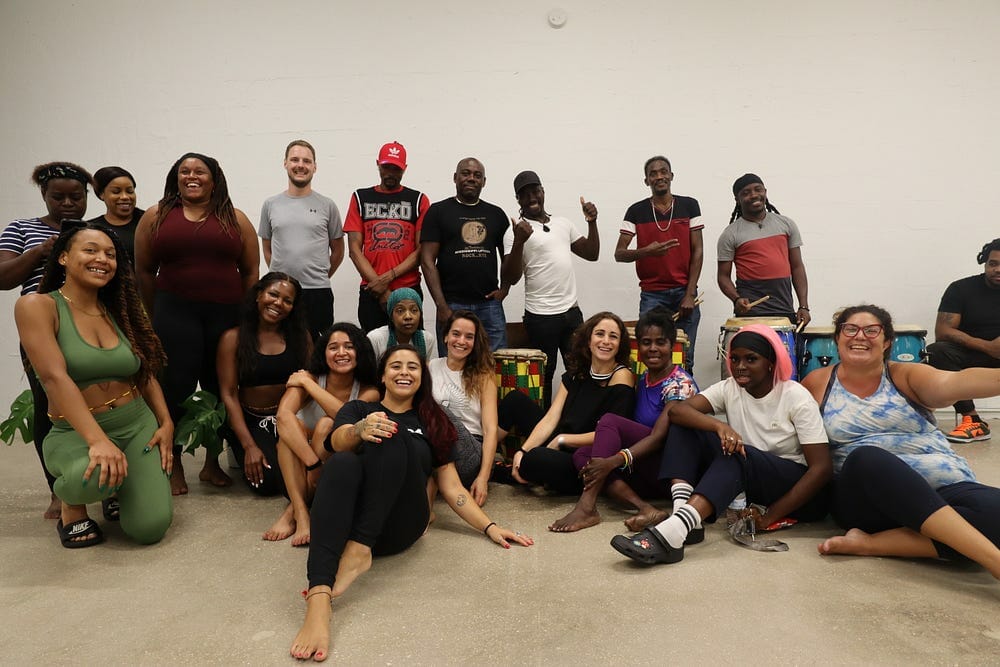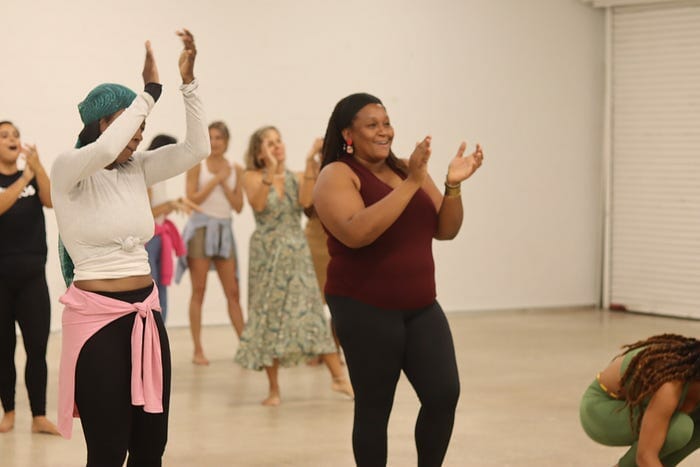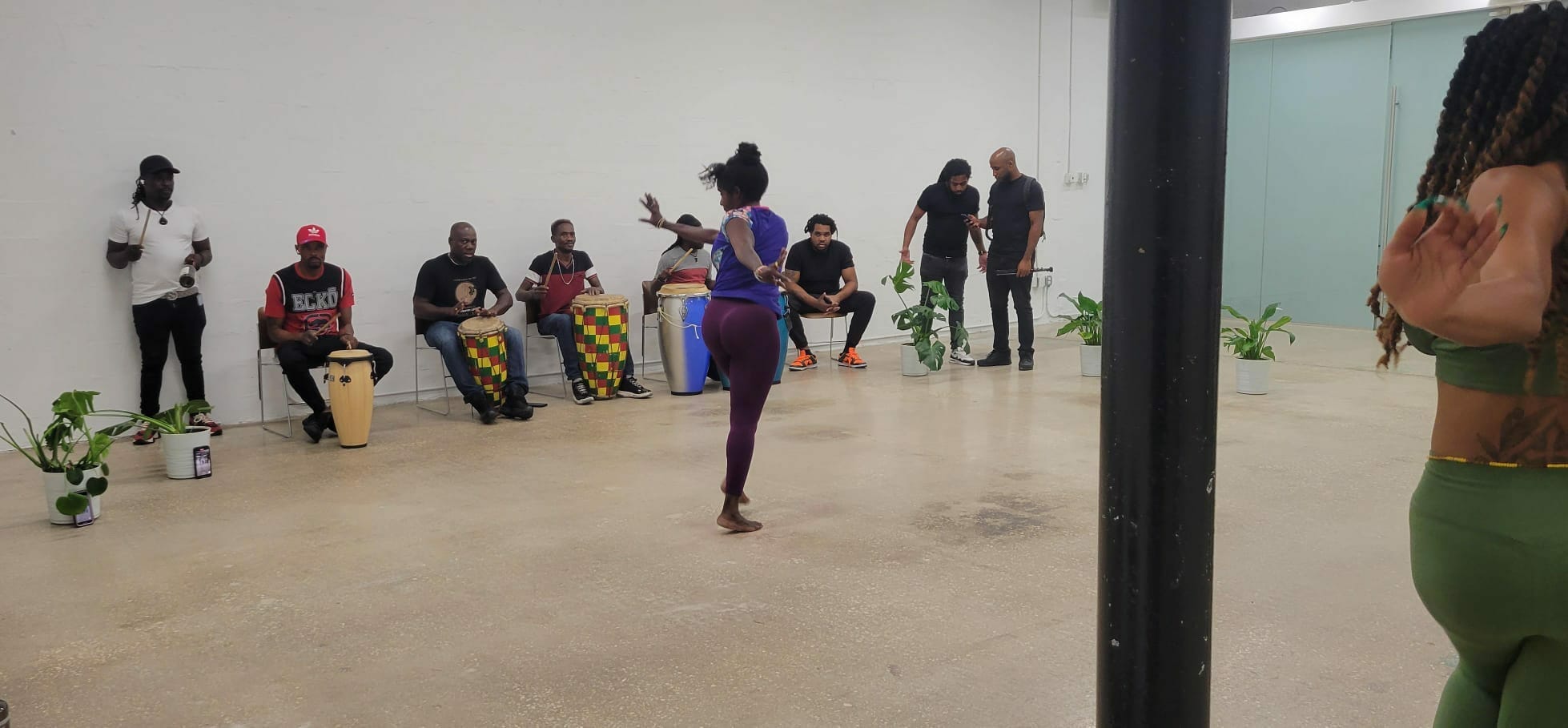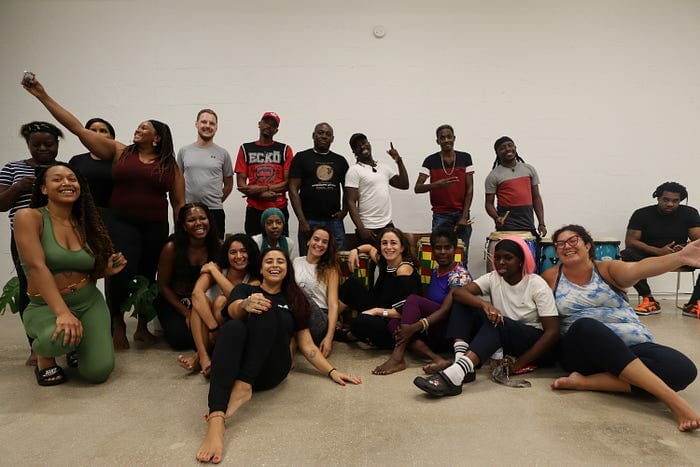Miami-based Developer Future of Cities Receives Unanimous Approval of $5.5 Million Incentive Package and Multifamily Rezoning from Jacksonville City Council for Phoenix Arts & Innovation District
Completion grant will support adaptive re-purposing of warehouses and greenspace while the rezoning will allow for 830 multifamily units to be built over the span of 8.3 owned acres.
JACKSONVILLE, Fla. — June 27, 2024 — Miami-based real estate developer Future of Cities (FoC) announced today it received approval of an incentive package totaling $5.5 million from the City of Jacksonville’s Office of Economic Development, as well as the approval of rezoning of its planned unit development (PUD) to permit commercial and multifamily residential uses for the Phoenix Arts & Innovation District (PHXJAX). The package and rezoning, outlined in Ordinances 2024-0418 and 2024-0348, were approved by the Jacksonville City Council on June 25, 2024.
“Today is a pivotal milestone for Phoenix Arts & Innovation District and the city of Jacksonville. This incentive package is a testament to the collaborative outcomes possible through genuine public-private partnerships. This is a major win for all of Jacksonville including the local artists, small businesses, greater Downtown residents and overall community to demonstrate to the world that creativity and capital investments work best when they work together.”
Tony Cho | CEO and Founder of Future of Cities and Founding Managing Partner of PHXJAX
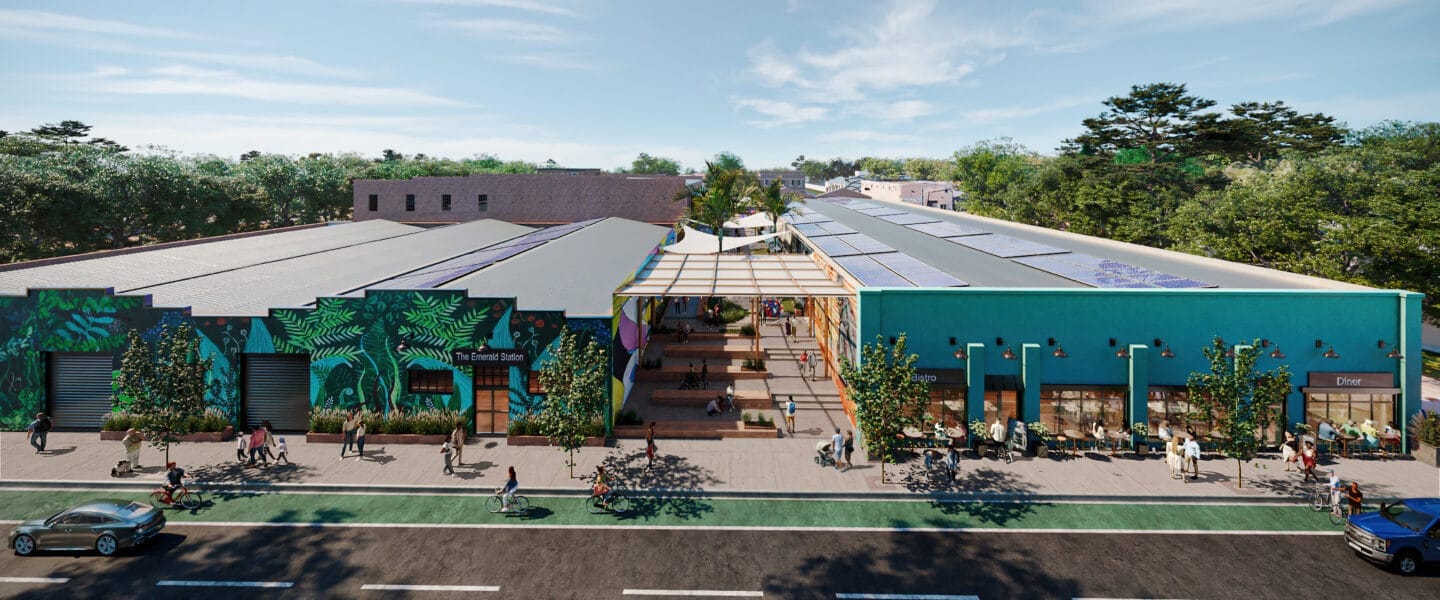
PHXJAX is a regenerative placemaking demonstration project comprising 10 separate properties across 8.3 acres located in a federally designated Opportunity Zone in the North Springfield neighborhood of Jacksonville, Florida. The funds outlined in the Economic Development Agreement between Future of Cities and the City of Jacksonville will be provided in two phases as a Completion Grant in the amount of $2 million for each phase to support the
adaptive rehabilitation of four warehouses and green space, transforming it into event and gathering spaces, creative office space, artist studios, galleries, retail and restaurants. In addition, the City of Jacksonville has authorized a 50% 15-year recaptured enhanced value (REV) grant not to exceed $1.5 million. In the Emerald Station’s creative offices property located at 2320 N. Liberty Street, PHXJAX is also providing dedicated office space to the Jacksonville Small and Emerging Business (JSEB) organization, which is a small business incubator run by the City of Jacksonville. These grants, coupled with Future of Cities’ investment of nearly $38 million into the project, demonstrate the strength of a public/private partnership approach when developing a community-focused project.
“People always ask us, ‘Why Jacksonville?’ And we ask, ‘Why not Jacksonville?’ Jacksonville has all the fundamentals to compete with other major Florida metros and it has been a true pleasure to work in Jacksonville with the support of the Mayor’s Office, City Council and the City’s exceptional, dynamic and diverse communities.”
Michael Weil | Chief Operating Officer of FoC and PHXJAX.
The first phase of the PHXJAX development began in December 2023 with the commencement of construction of The Emerald Station, featuring creative offices, community gathering spaces and a warehouse event facility. Construction has also begun on the Liberty Building, which will house 17,850 square feet of office, studios, galleries, small-format retail and restaurants. Complementing these buildings is a property located at 2335 Market Street that will be an outdoor market space serving as a greenspace for community activity. The district also includes a hub of the Emerald Trail, a planned network of 30+ miles of trails, greenways and parks connecting the urban core neighborhoods of Jacksonville. The Emerald Station is scheduled for completion in the third quarter of 2024 while the Liberty Building is scheduled to be completed in
the second quarter of 2025.
“This support from the City of Jacksonville is essential to the PHXJAX vision to co-create with the community a space for catalyzing art, culture and innovation to serve the greater good. As a third generation Jacksonvillian, I am so excited to help bring this project to life for Jacksonville as the first demonstration project of Future of Cities.”
Emily Moody, Vice President and Chief Experience Officer of PHXJAX
Tony Cho’s previous projects include the Wynwood Arts District and the Magic City Innovation District Little Haiti, both located in Miami, Florida. Emily Pierce and Hayden Phillips from Rogers Towers led the rezoning efforts on behalf of
PHXJAX. The Emerald Station pre-leasing opportunities are available now. For more information, visit phxjax.com/emeraldstation.
About PHX JAX | The Phoenix Arts & Innovation District in Jacksonville, FL, is a regenerative placemaking project dedicated to building equity through community, arts, and culture, aiming to provide a global platform for artists and business incubation in Jacksonville’s North Springfield neighborhood. Collaborating with artists, residents, cultural instigators, and change makers in
Jacksonville, the initiative by the Future of Cities team focuses on creating a vibrant, diverse neighborhood. To learn more about upcoming events and opportunities to get involved, visit phxjax.com.
About Friends of Phoenix | The non-profit arm of the PHXJAX project, Friends of Phoenix, is committed to fostering community engagement, enhancing educational opportunities and cultural experiences, by driving innovation. Aligning with the broader mission of the Phoenix Arts & Innovation District, Friends of Phoenix operates through four pillars: Arts and Culture, Sustainability, Technology, and Financial Stability.
About Future of Cities | Future of Cities was created to reimagine how we live, work, play and learn as a mission-driven platform invested in transforming the built environment. We take a holistic place-based approach to regenerative development to adopt environmental, social and governance (ESG) strategies that improve the quality of urban living across the globe.
Co-Working. Podcast Studio. Events
The Climate & Innovation HUB Miami is designed to cultivate a symbiosis between our local & global ecosystem of innovators, change makers & tastemakers to lead the next generation of Regenerative Placemakers.
___________
CO-WORKING | THE REEFLINE
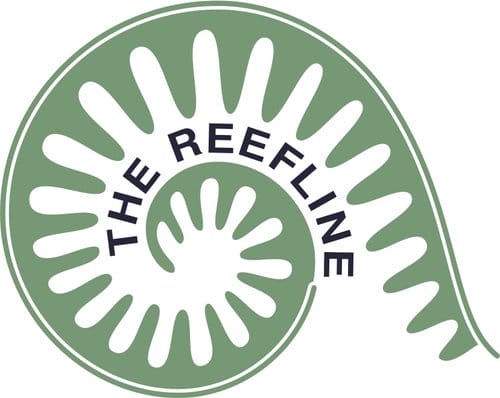
We are extremely excited to introduce the newest addition to our ecosystem of innovators working on changing the future at the Climate & Innovation HUB – Miami as they prepare to deploy their underwater sculpture installations in Miami Beach this Fall!
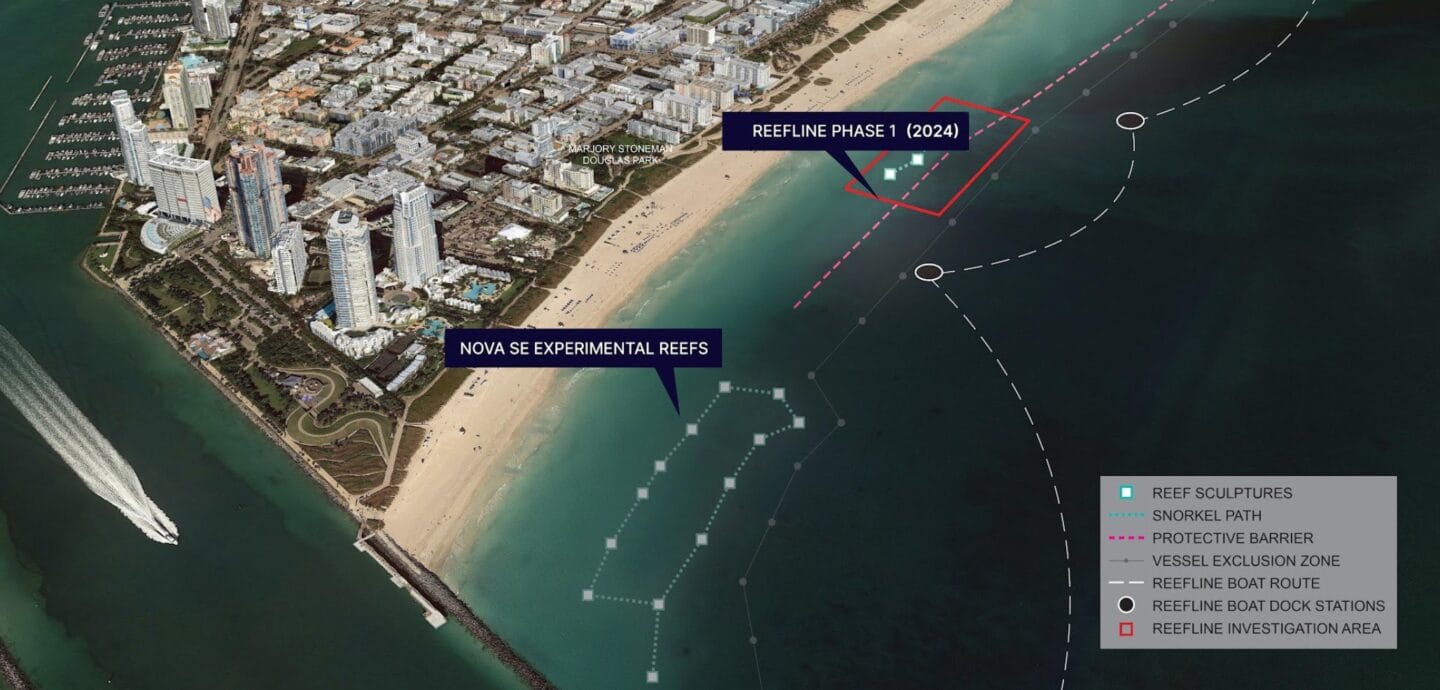
Art as a Tool For Change | The Reefline is a 7 mile underwater public sculpture park, snorkel trail and purpose-built reef +600ft off of Miami Beach ~ launching Fall 2024
Want to book co-working day pass at the Climate & Innovation HUB? Email info@focities.com
___________
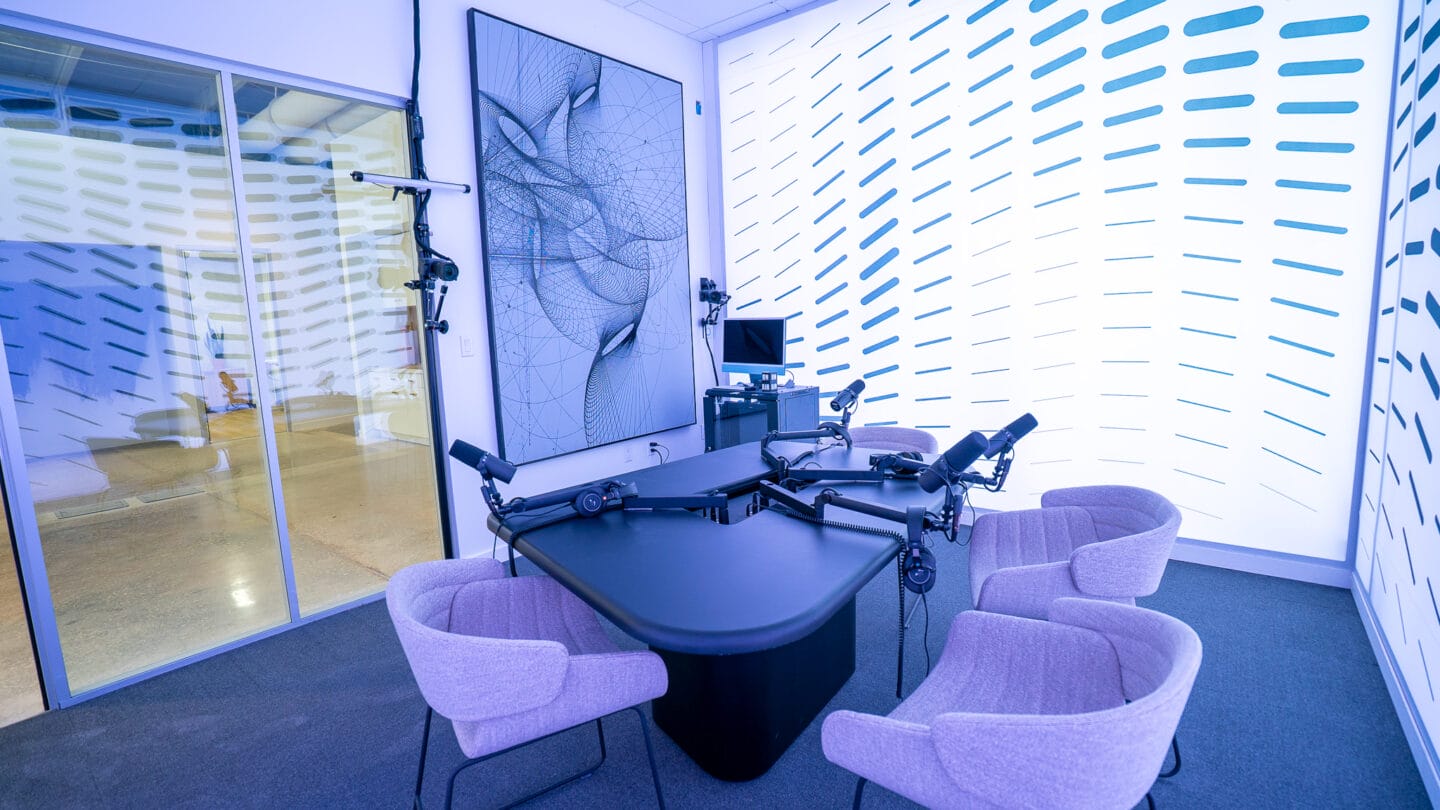
PODCAST STUDIO HIGHLIGHTS | Path of the Panther x Wildpath
The Path of the Panther team used our podcast studio at the Climate & Innovation HUB co-working space to record an educational podcast designed to foster human and natural systems learning in children. Through captivating place-based storytelling, interviews with ecologists, ranchers and tribal leaders, and immersive landscapes, young listeners will gain a deeper understanding of the role of the Florida panther as a cultural and ecological keystone species, an organism that helps define an entire ecosystem. Stay tuned for more coming Fall 2024 …
Want to book the podcast studio at the Climate & Innovation HUB? Email info@focities.com
___________
SPRING EVENTS
TASTEMAKERS – Lengua Food Marketing Conference
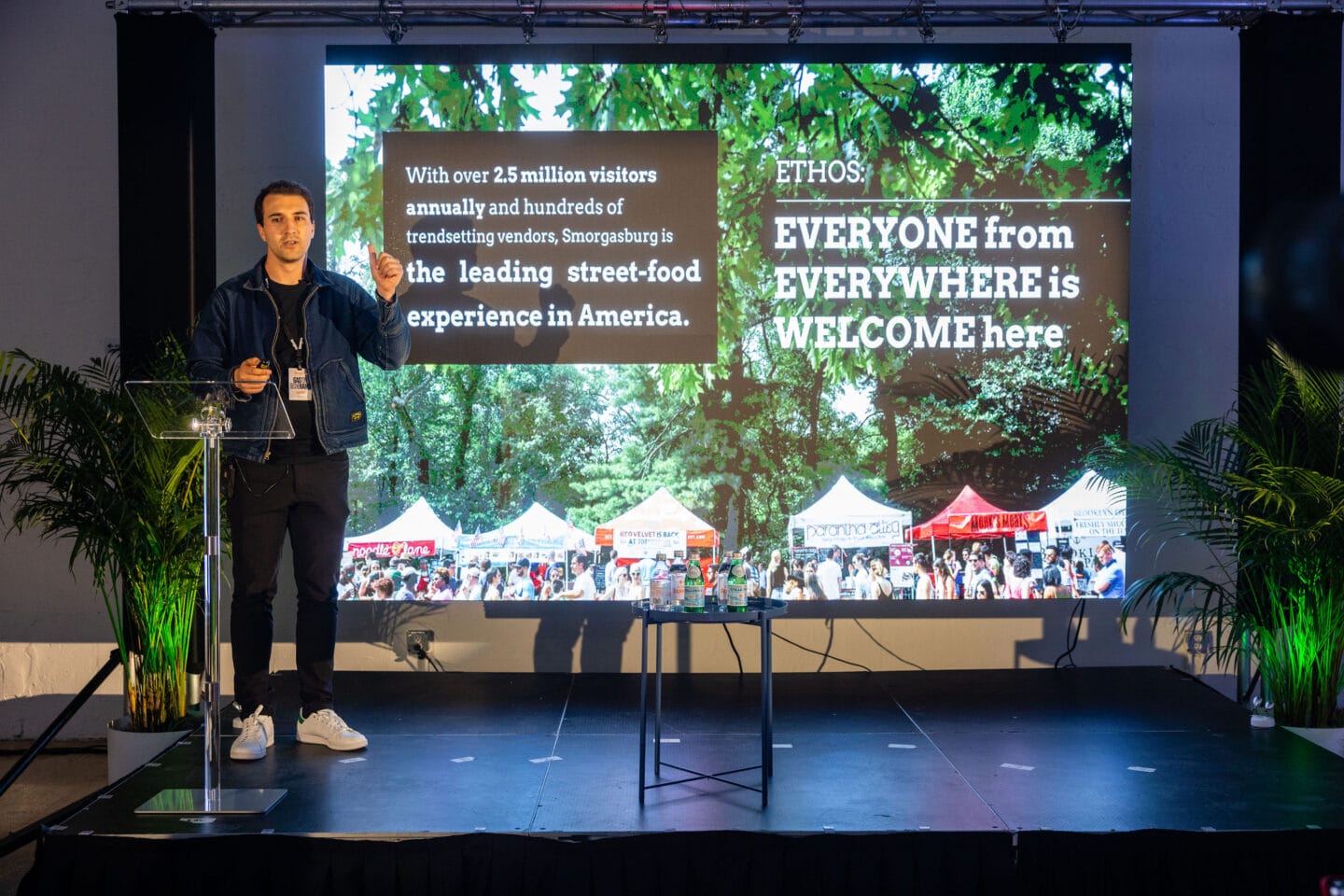
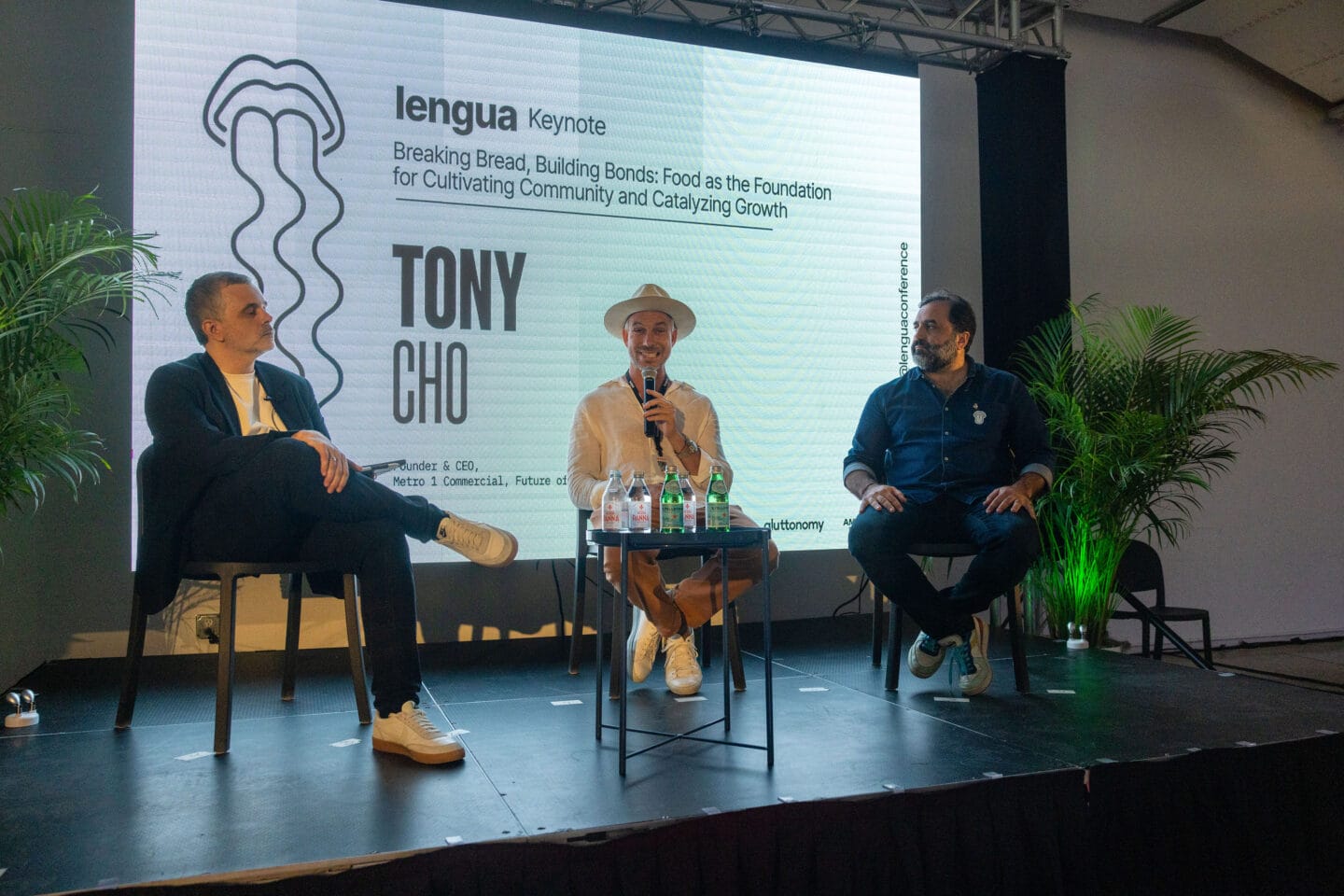
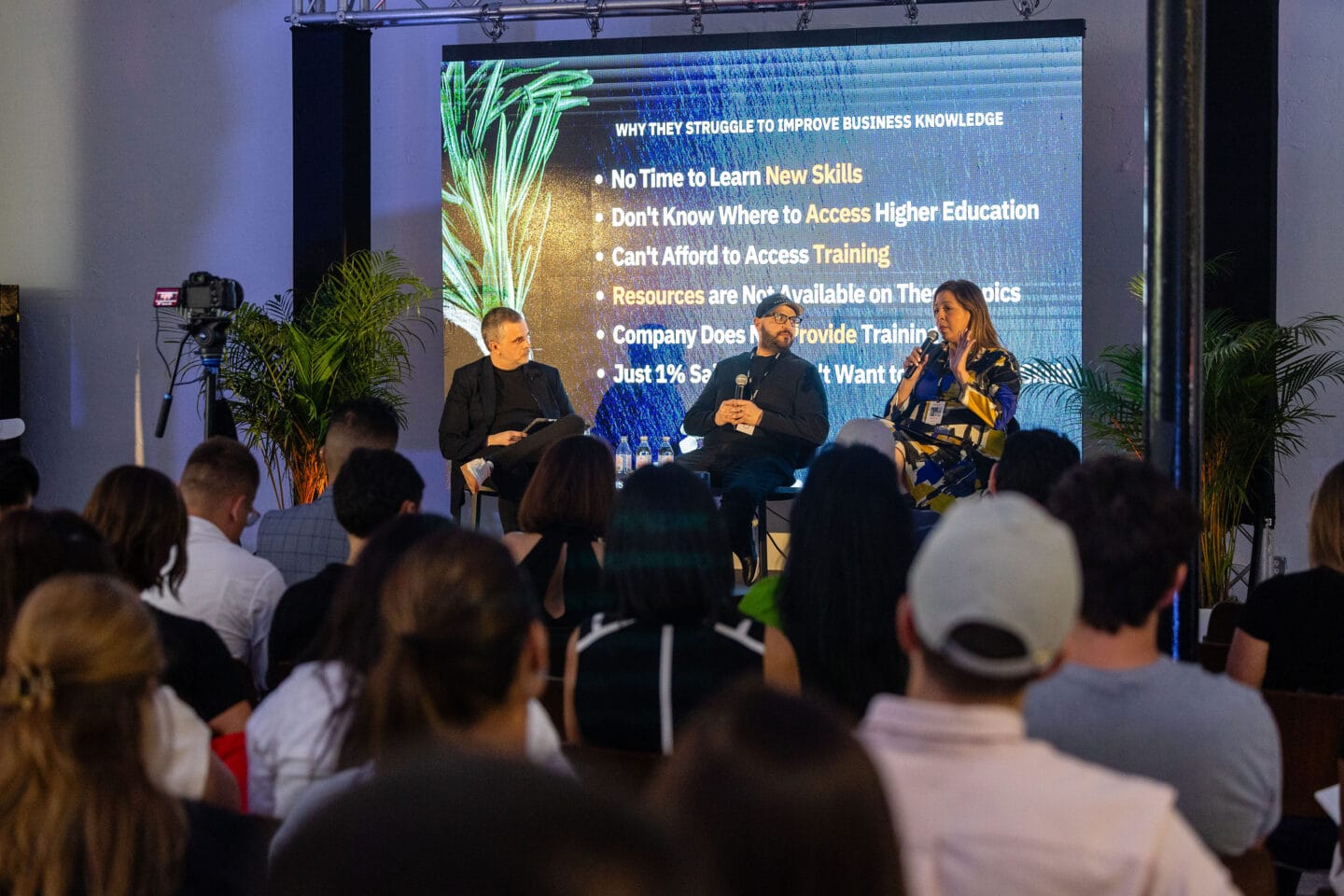
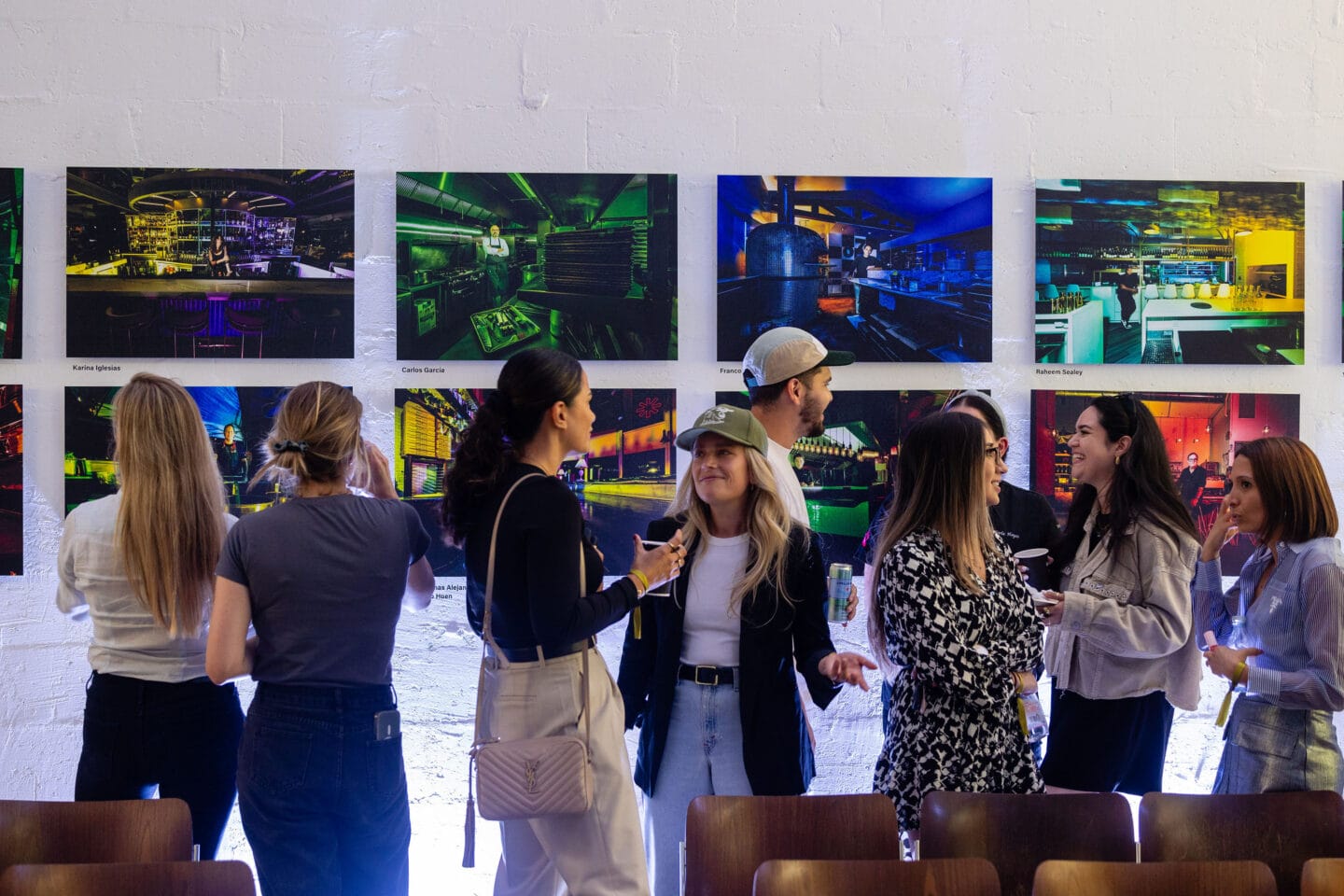
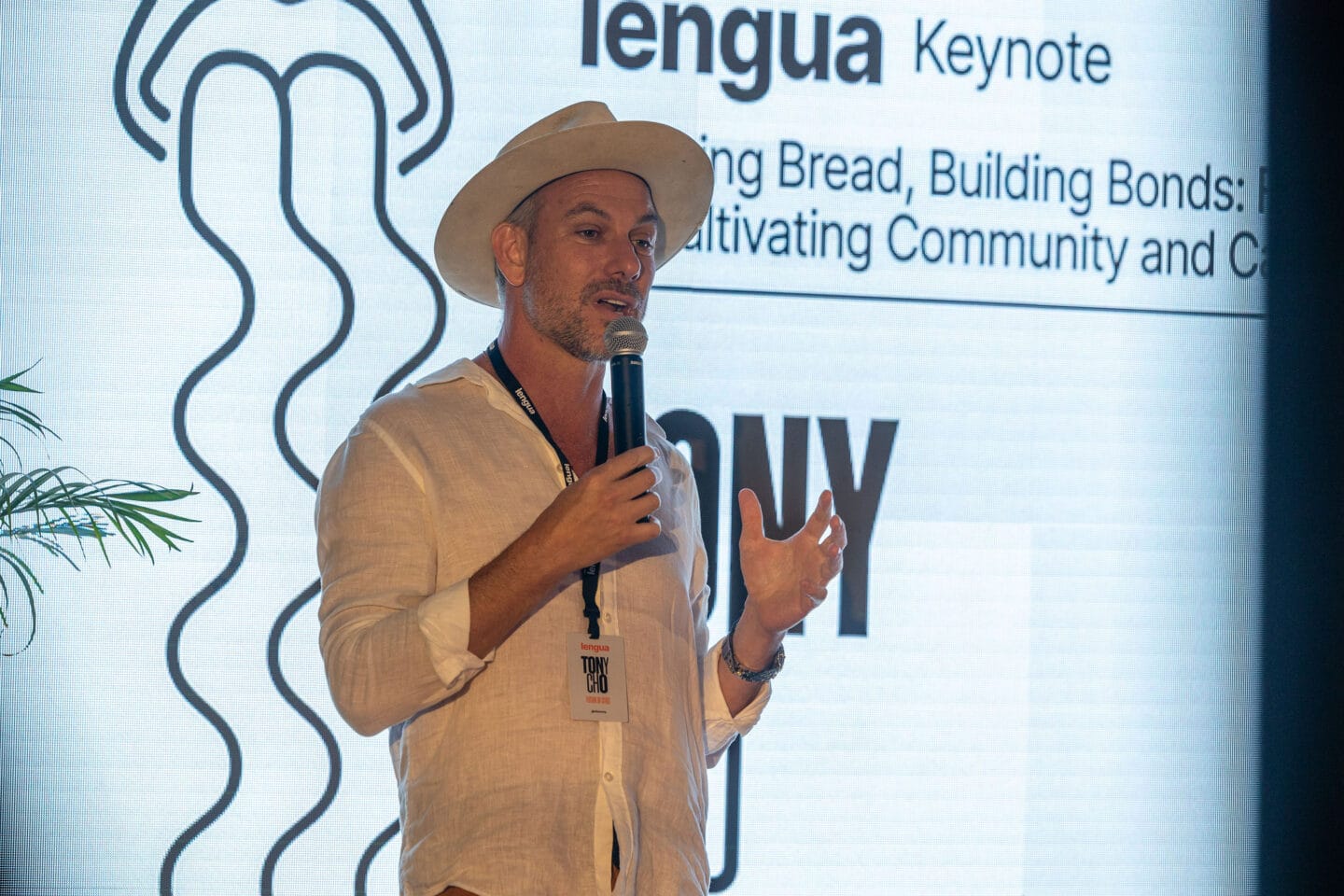
The only place where food industry professionals, chefs, and executives come together to learn about food marketing, financing, and innovation.
MUSIC – UNSiN Music Conference & Festival
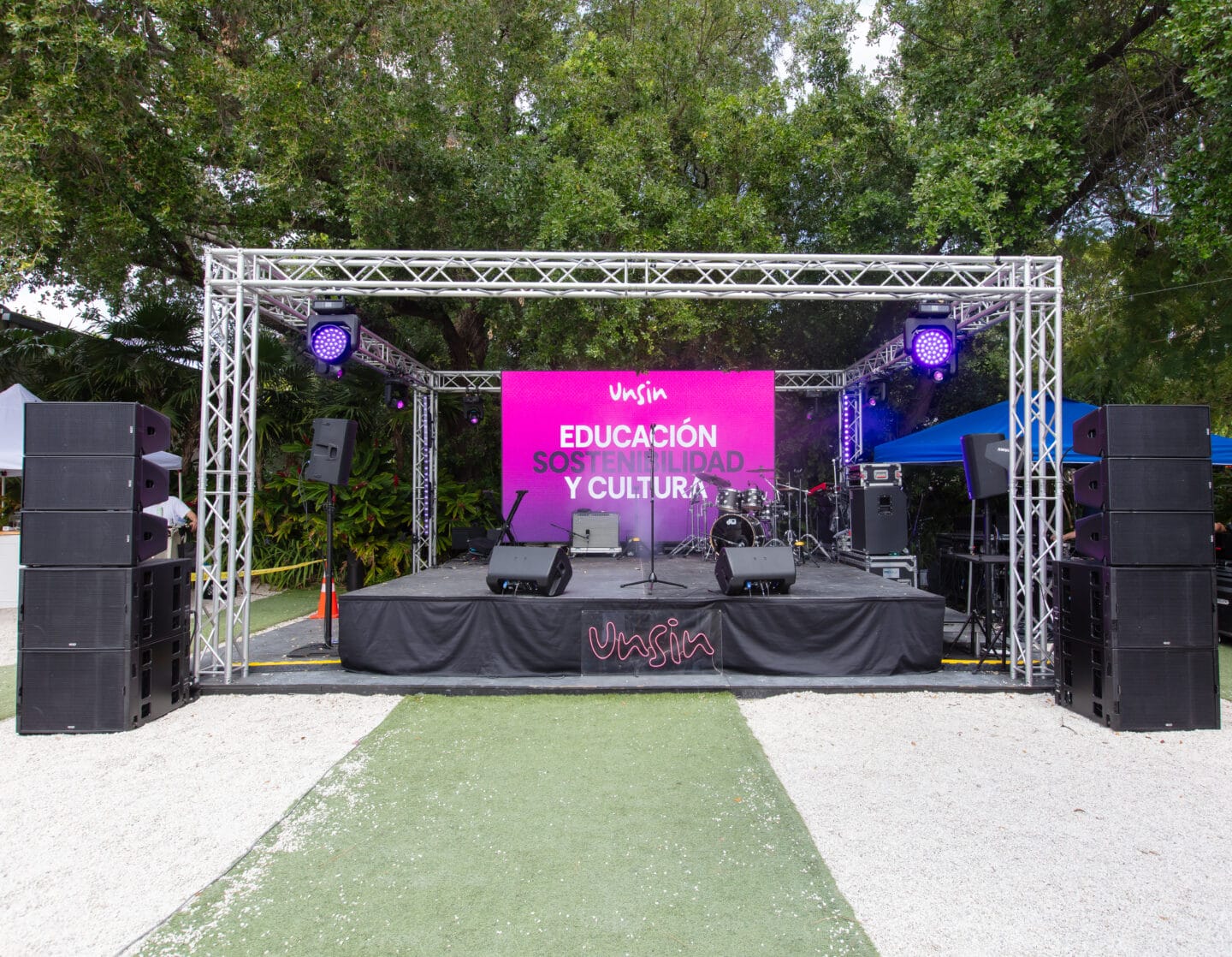
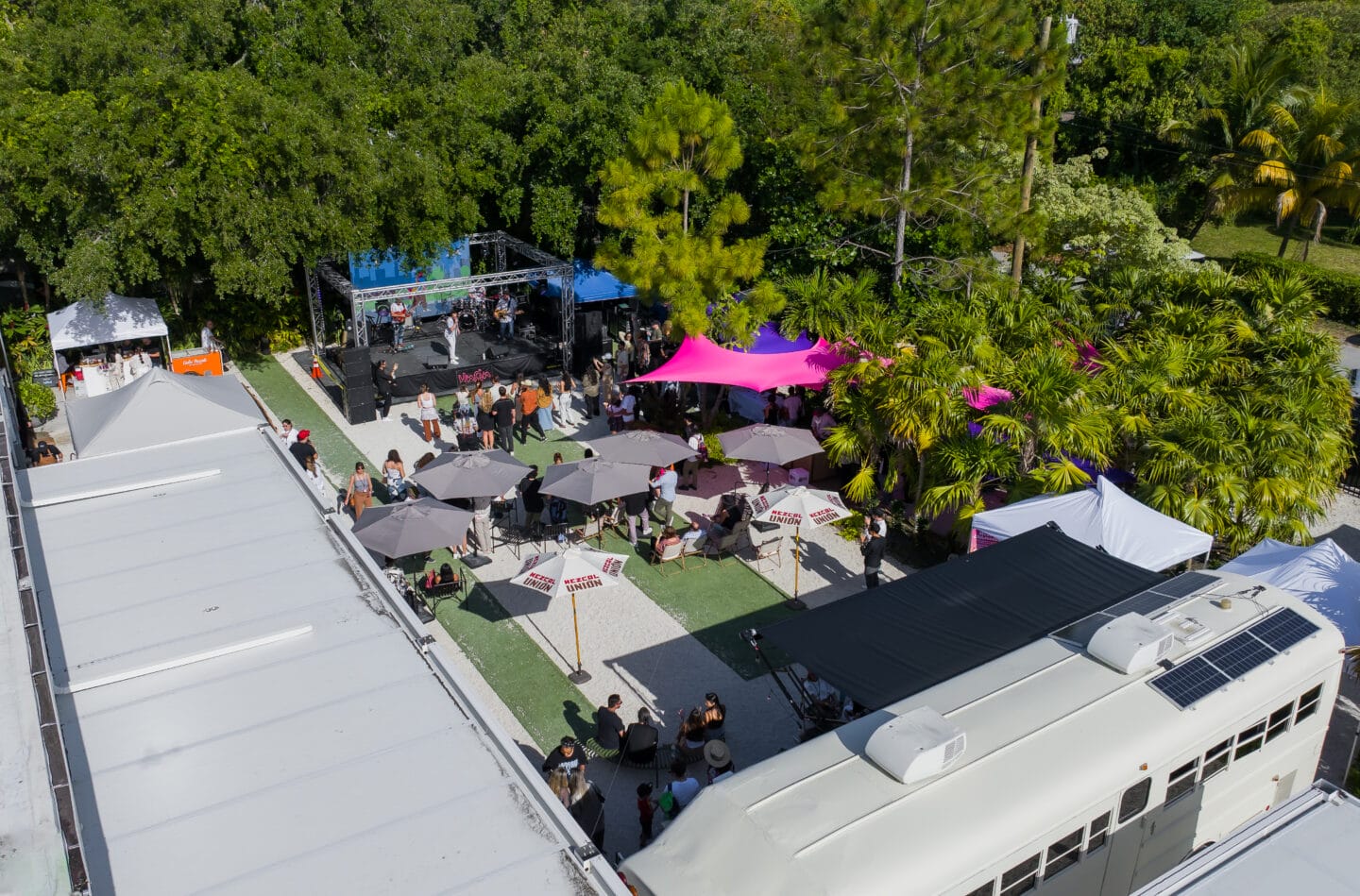
A space carefully designed for creatives, artists, executives and entrepreneurs to know each other, connect, appreciate and grow as a community
Watch the Full event recap HERE
WELLNESS – Mindvalley Health & Body Summit (Virtual)
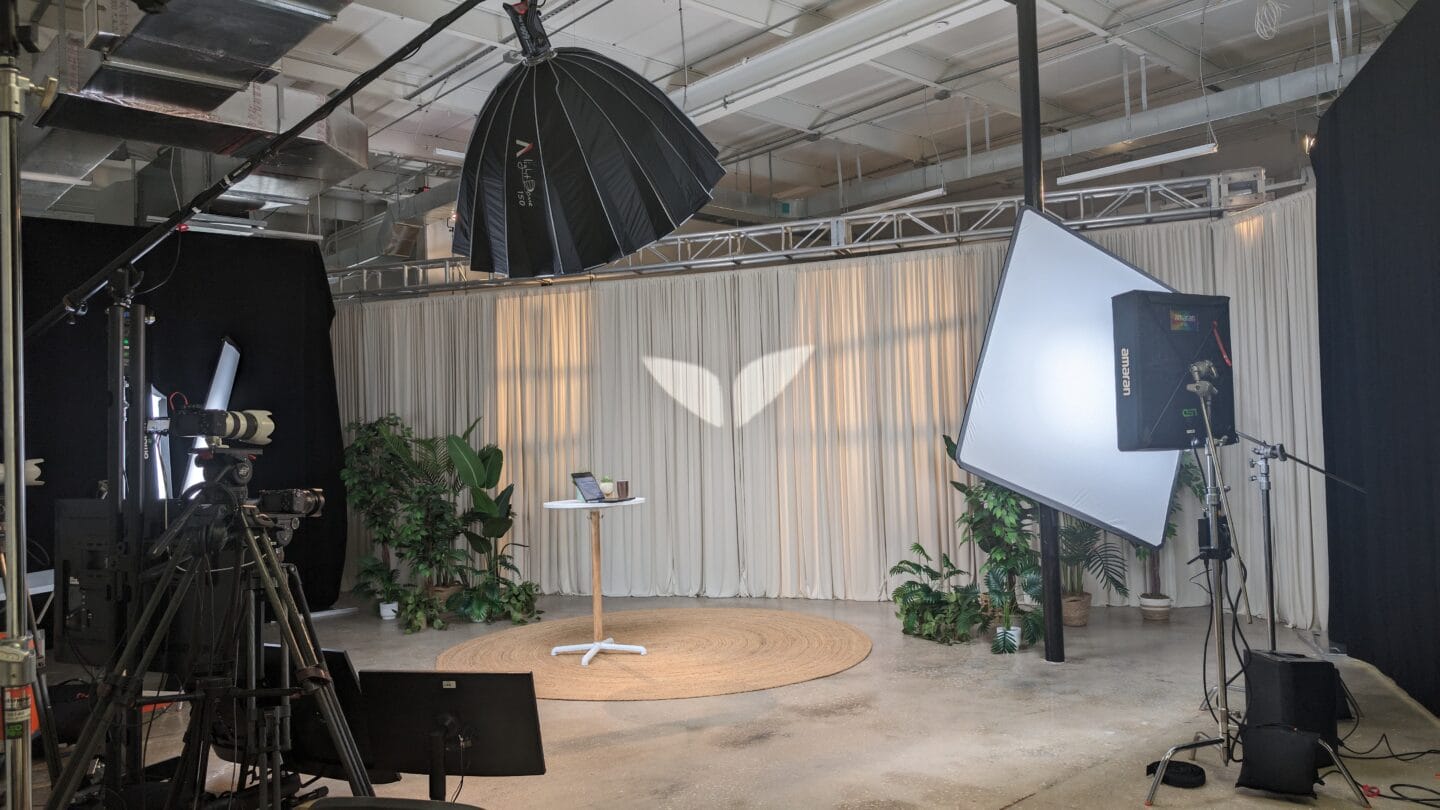
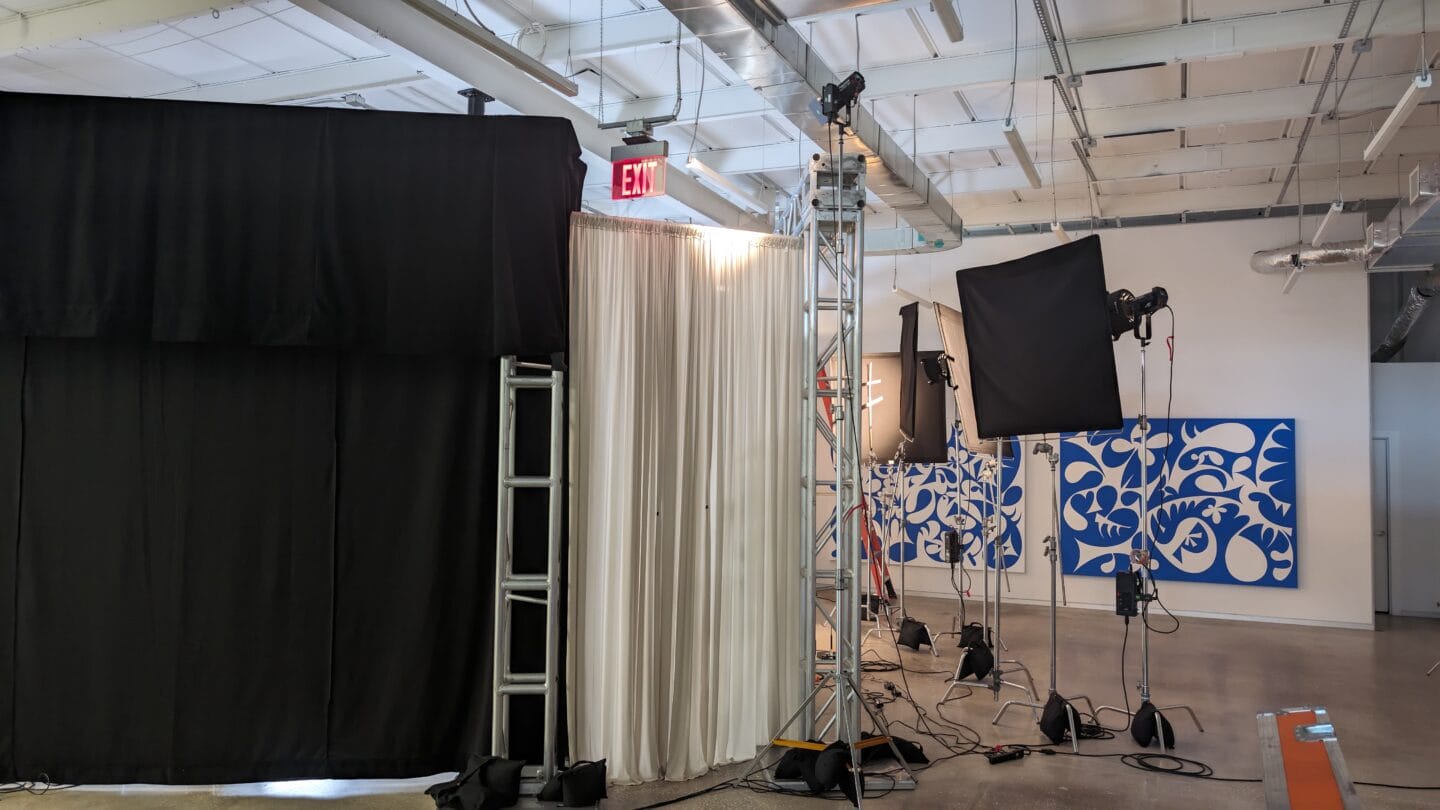
A 3-Day Deep Dive With the World’s Best Health, Wellness & Longevity Experts
Looking to book an event at our Regenerative Event Space at the HUB? Email events@thehubmia.com
SUBSCRIBE TO THEHUBMIA.COM
Demonstrating the value of art and innovation for neighborhood revitalization in the heart of Jacksonville, FL
Phoenix Arts & Innovation District is a pioneering organization dedicated to the practices of creative placemaking, regenerative development, and adaptive reuse of commercial real estate. We are passionate about transforming spaces into vibrant, sustainable, and inclusive environments that foster community and creativity.
PROJECT UPDATES
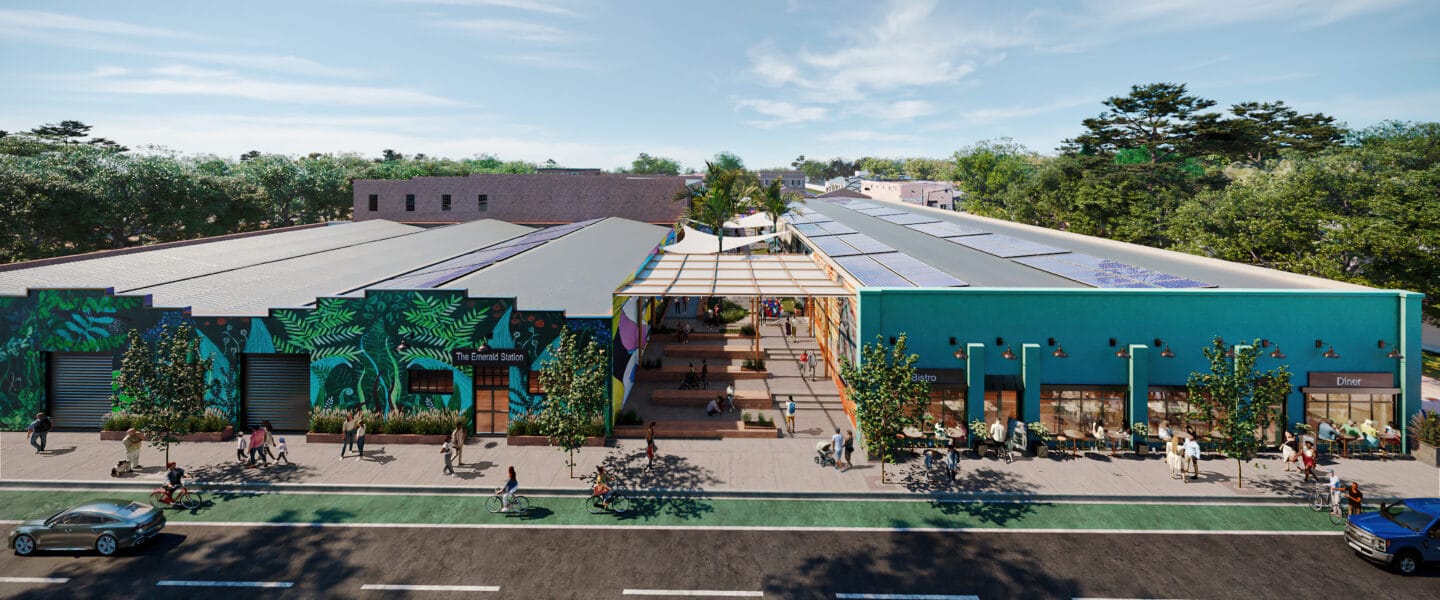
Last week our Director of Community Engagement, Emily Moody and our Land Use attorney from Rogers Towers, Emily Pierce, successfully went in front of the City Planning Commission for unanimous approval of our PUD (Planned Unit Development) for the rezoning of our full 8.3 acre district. The final City Council vote will happen on June 18th. We have been diligently meeting with each and every council member on this and have been receiving positive feedback and support.
EMERALD STATION
It’s almost time to start hard hat tours for the Emerald Station! The 100 year old Emerald Station building houses a mix of 25 creative office spaces, a community gathering space and a 500 person event venue. Our team is on track to open in early Fall 2024 and is pre-booking both the offices and event venue now. This will become the creative and innovative HUB of the district with The Emerald Trail passing directly behind, offering convenient and accessible public transportation to and from the Arts & Innovation District including a small business incubator & accelerator program powered by Future of Cities | PHXJAX.
EMERALD TRAIL | “MILESTONE MOMENTS”
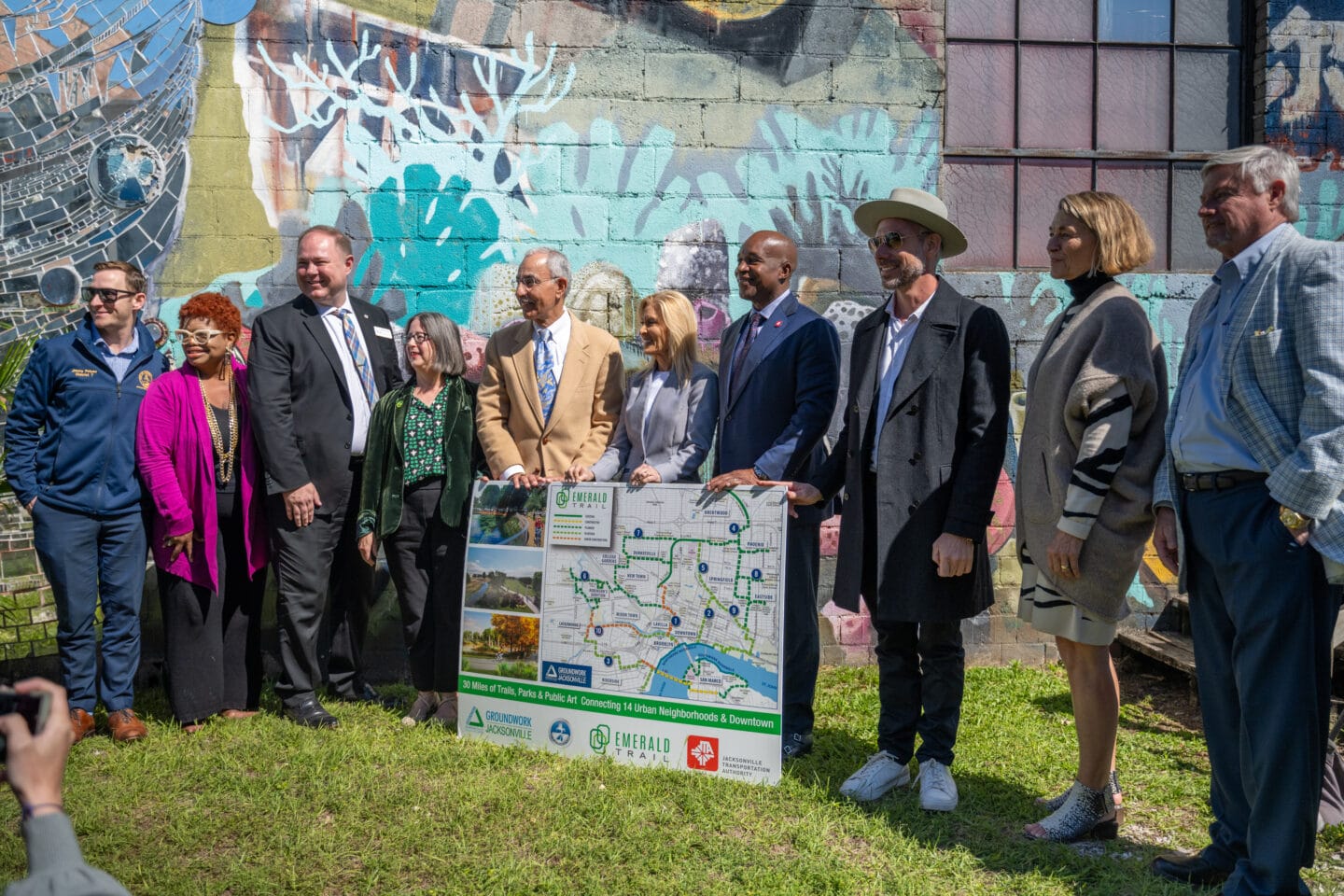
“The City of Jacksonville, Groundwork Jacksonville and the Jacksonville Transportation Authority (JTA) are celebrating a ‘major victory’ in their commitment to delivering the Emerald Trail to the Jacksonville community.”
PHXJAX in the Press | Upcoming Events | Internship Opportunities
Interested in building with us? Email info@phxjax.com for more info.
Podcast with Dr. Weiselande “Yanui” Cesar of Tradiyson Lakou Lakay Dance & Alexandra J Tohme, Future of Cities
by Alexandra J Tohme
The water movement of our bodies — as we express it in the dance — is reflective of the water on the journey from homeland to refuge — represents the trauma experienced in that journey — and also, leads us to healing, as water is life.
This is one of the essences of Haitian Folkloric Dance, rooted in the West African traditions from the ancient empires of Dahomey, Oyó, and Kingdom of Kongo (modern day Bénin, Nigeria, Congo and Angola.)
On a Wednesday evening, colleagues at the Future of Cities Climate + Innovation HUB, with Haitian neighbors, women and non-Haitian Miami folks, came together to share this dance form and were encouraged to fully release ourselves in the dramatic movements: from feeding-the-earth hands and sweep-floor arm gestures, to warrior leaps and jumps, to throws of celebration and prayer to the moons. Reverberations boomed through the room with six live conga drummers igniting our movement.
Culture is at the heart of regenerative placemaking — to deeply engage in “place” and co-create experiences and projects that uplift and empower communities, attract impact investment, and regenerate the natural environment.

Dr. Weiselande “Yanui” Cesar, who completed her PhD in human services & public health, explains that Haitian Folkloric Dance first sets itself apart with live drumming, and begins with an understanding within yourself of the struggles that can be released and let go of — and joy takes over.
It is precisely this dance form that Yanui harnessed when deciding to work with children with disabilities, upon founding her non-profit Tradiyson Lakou Lakay, loosely translated into “hometown traditions.” “Sometimes in order to serve those in need” she told us, “ you must tap into your own skill and passion.” That is what she’s done with folkloric dance. To reach and engage these children, and give them expression and outlet from societal barriers, she catalyzed this unique art form that is as much spiritual health as it is mental and physical. This proved to be well received by the children facing the daily issues and stigmatizations from their community — it was the parents who were more resistant at first to accept it. She said that some members of the Haitian community were not too thrilled to see representations of their more traditional culture while trying to assimilate into a new society and modern country. Later, upon seeing their children perform with such joy, their mindset changed.
Unfortunately — these are not feelings unique to Haitian but rather many immigrant societies that feel a pressure to negate their homeland cultures, in order to survive and succeed. But is that true, or necessary?
We at Future of Cities believe in “community ● nature ● culture” as the keys to successful and equitable economic growth and as the vanguard of development. “Regenerative placemaking” involves looking at the vast and wonderful opportunities within local communities, natural ecosystems, and cultural vibrancy that unlock economic empowerment. Tradiyson Lakou Lakay is an excellent example of that — providing jobs to drummers and dancers and integrating into local schools to fill the educational gap for children with special needs. Beyond what is in front of a developer, regenerative placemaking encourages urban practitioners to look for the lesser known or “unseen” treasures; and offering a hand-up, not a hand-out, is exactly what is needed today. All stakeholders would be set to benefit, a win-win-win.
Oba, oba lémiye
Sa nou te pédi a se li nape chéche
Oba, oba lémiye
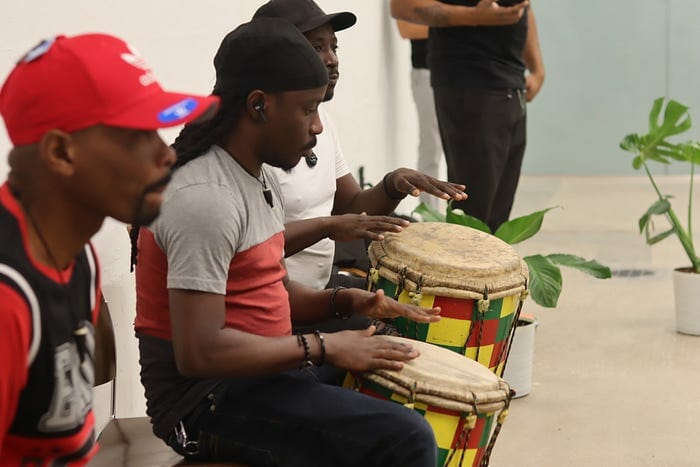
Back at our dance class event at the Climate + Innovation HUB, some twenty women of various backgrounds, American, Haitian, Latina, Arab, sit in a circle singing those poems and drinking fresh juices catered by the local family Haitian restaurant Cecibon, while a local videographer captures the scene. Circular economy can be achieved in every effort. Each time we put together an event or activity, we make sure to source from small local businesses. From the videographer, photographer, DJ, food caterers, and more, we focus on supporting local economic growth and jobs.
The twenty women sat and sipped juices and repeated those poetic songs together in celebration, laughing and sharing a tradition dating back four centuries.
While embracing heritage, we also recognize the importance of modernity. “Assimilation is critical, without losing our identity” emphasizes Dr. Cesar. It is empowering to learn new languages, technical skills, study in higher education — and connect with people of all backgrounds — that is the magic and beauty of diverse cities. Opportunities can be created for children and youth to thrive by mixing the old and the new. As Future of Cities continues our programs and efforts, it is resilient stories like Yanui’s — of overcoming struggle to celebration — that we will continue to share with the world as we co-create our common future on this planet.
